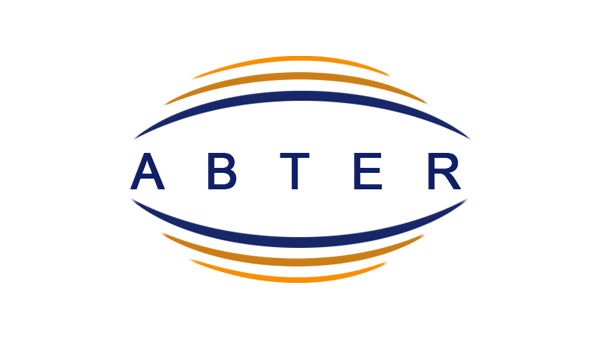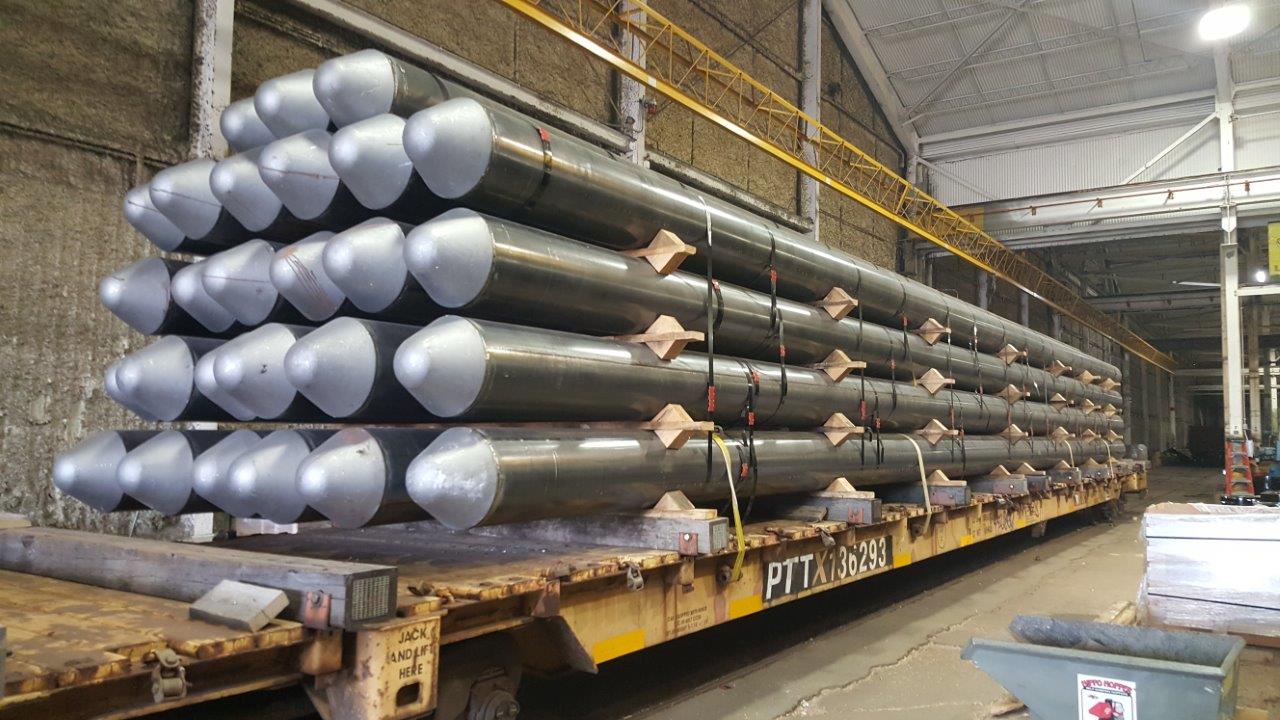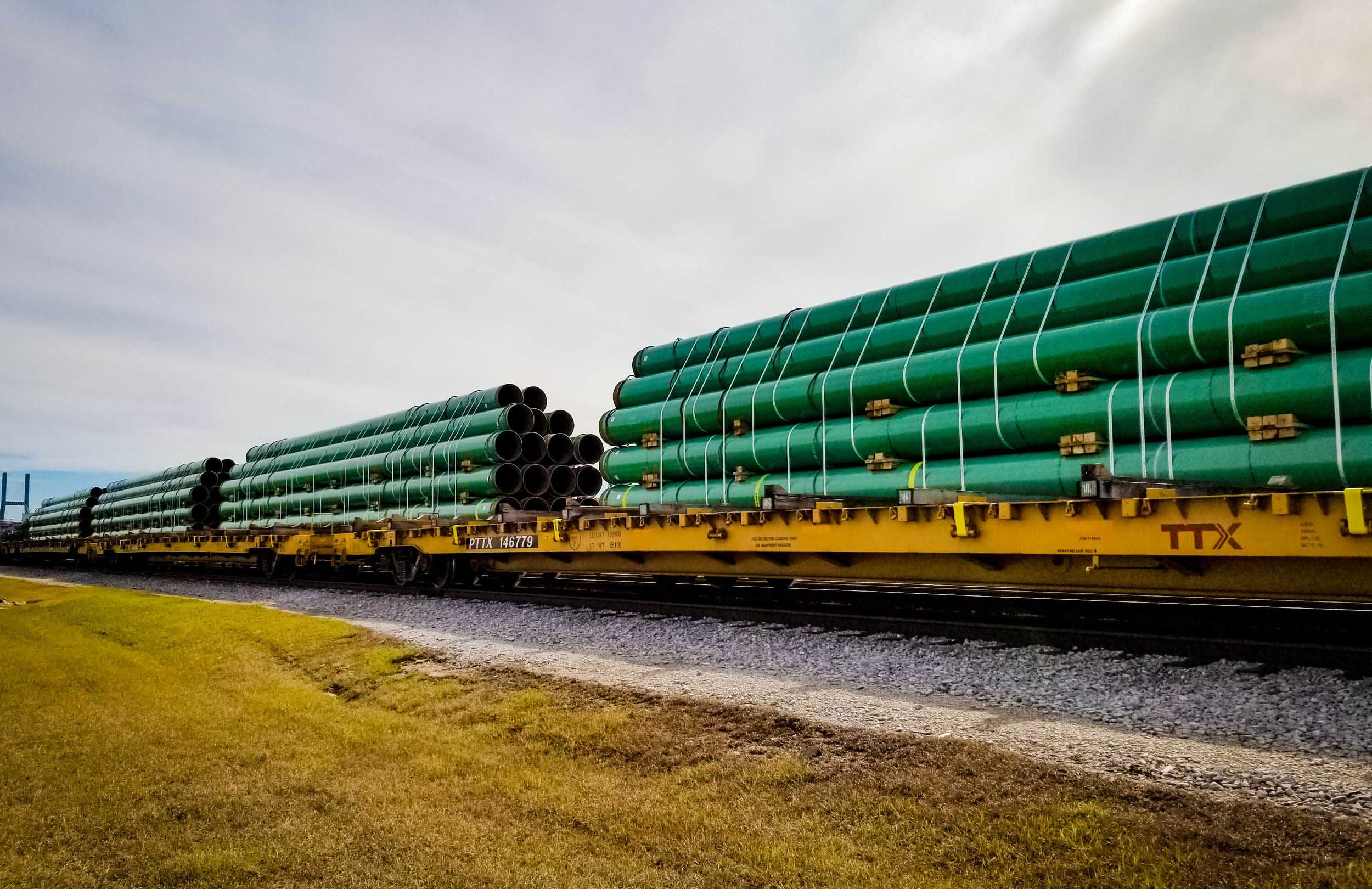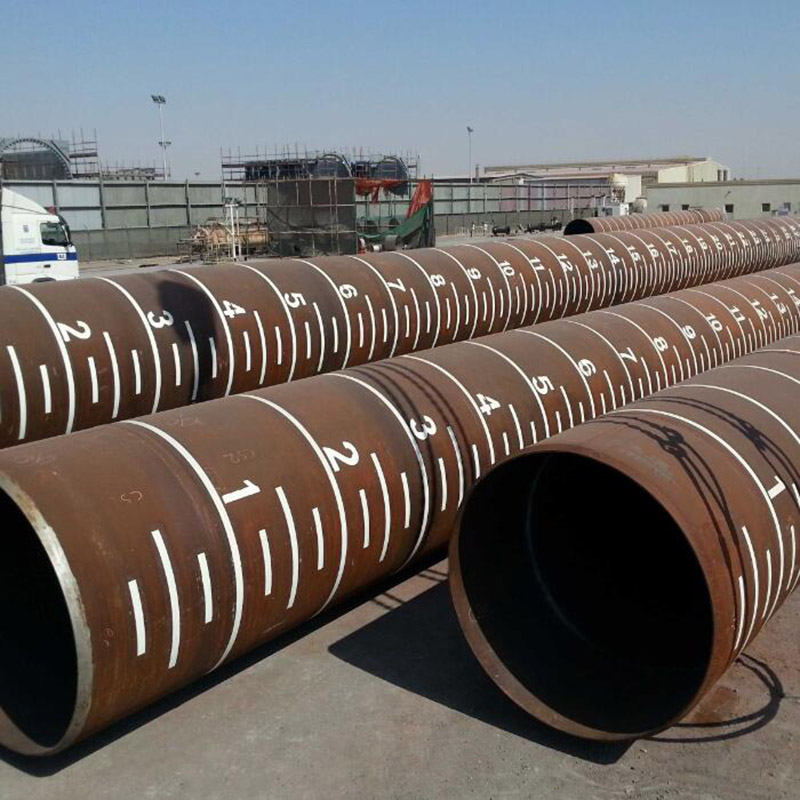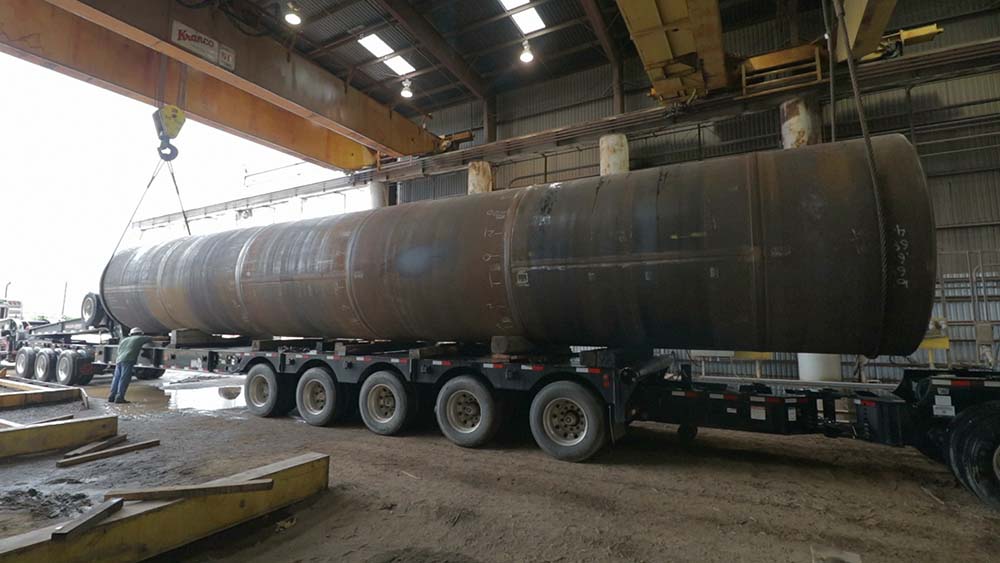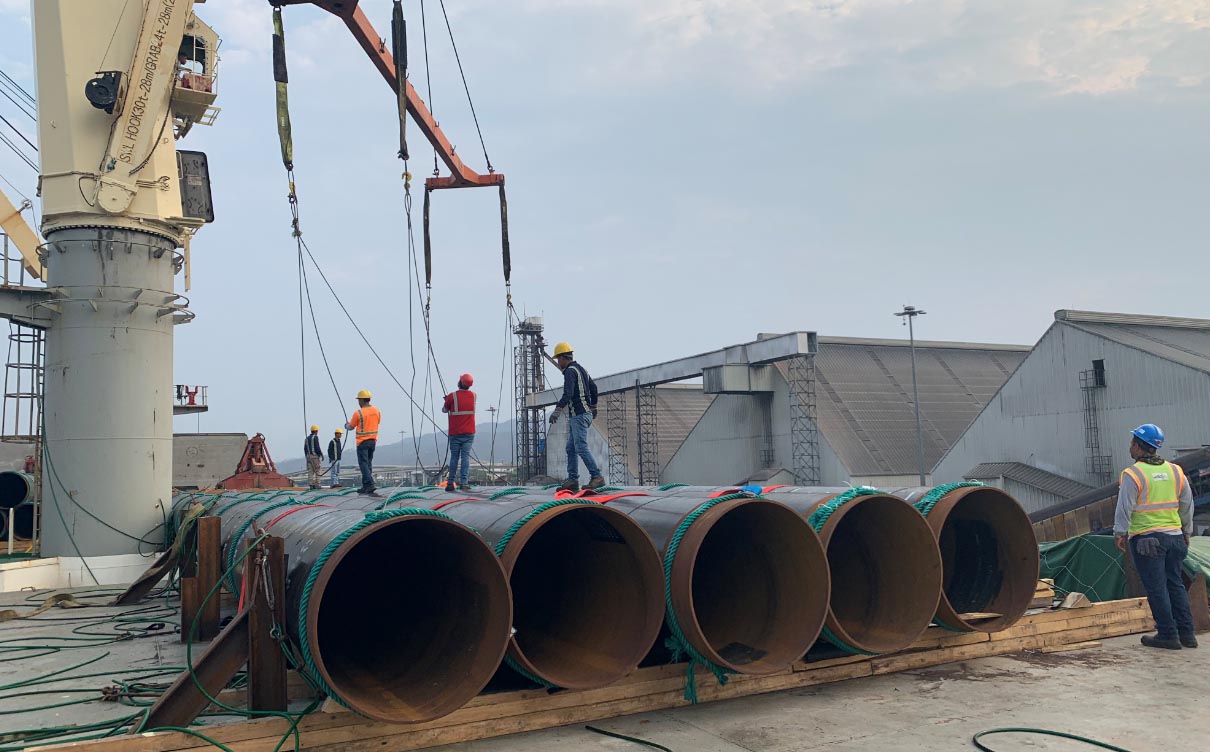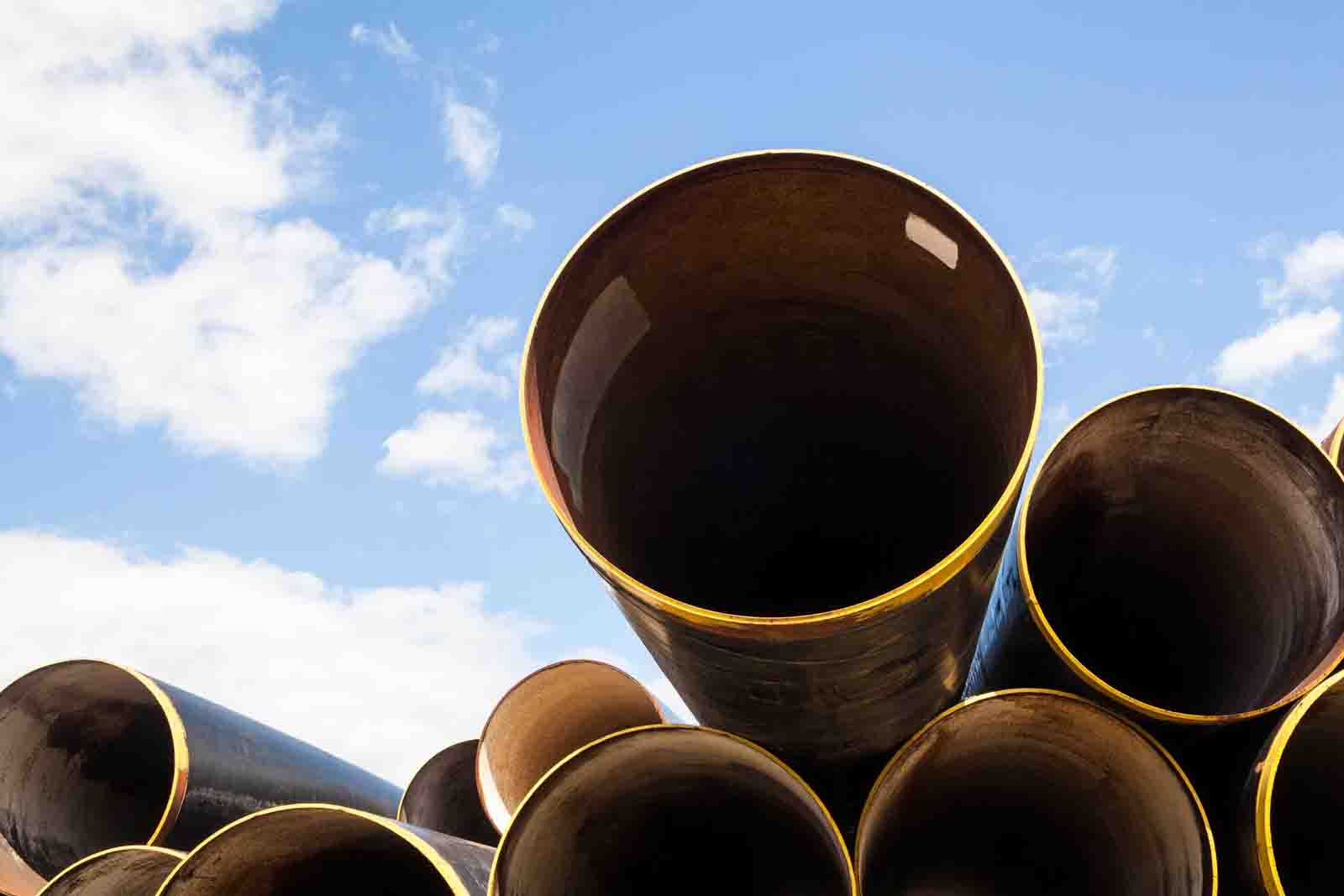EN 10248-1 Steel Sheet Piles for Levee Strengthening”
| Main Topics | Subtopics |
|---|---|
| H1: EN 10248-1 Steel Sheet Piles for Levee Strengthening | |
| H2: Introduction to EN 10248-1 Steel Sheet Piles | – Definition and Overview of EN 10248-1 Standards |
| – Key Features of Steel Sheet Piles | |
| H2: Understanding the EN 10248-1 Standard | – What is EN 10248-1? |
| – History and Development of the Standard | |
| – Importance in Civil Engineering Projects | |
| H2: Applications of Steel Sheet Piles in Levee Strengthening | – How Steel Sheet Piles are Used for Levee Construction |
| – Advantages Over Alternative Materials | |
| – Real-Life Case Studies of Levee Strengthening Using Steel Sheet Piles | |
| H2: Technical Specifications of EN 10248-1 Steel Sheet Piles | – Key Technical Features (Dimensions, Tolerances, and Durability) |
| – Common Grades of Steel Used in EN 10248-1 Sheet Piles | |
| – Design Considerations for Flood Control | |
| H2: Benefits of Using EN 10248-1 Steel Sheet Piles | – Durability and Longevity |
| – Corrosion Resistance in Waterlogged Environments | |
| – Sustainability and Recyclability | |
| H2: Manufacturing Process of Steel Sheet Piles | – Raw Materials and Steel Grades |
| – Production Techniques (Hot Rolling vs Cold Forming) | |
| – Quality Control in Accordance with EN 10248-1 Standards | |
| H2: Installation Methods for Steel Sheet Piles | – Common Installation Techniques (Driving, Vibratory, and Press-In Methods) |
| – Best Practices for Ensuring Stability During Installation | |
| – Challenges During Installation and How to Overcome Them | |
| H2: Structural Integrity and Performance Testing | – Testing for Compliance with EN 10248-1 Standards |
| – Monitoring the Performance of Sheet Piles in Levee Applications | |
| H2: Environmental Impact and Sustainability | – Assessing Environmental Impacts of Steel Sheet Pile Installation |
| – Recycling and Reusability of Steel Sheet Piles | |
| – Meeting Green Engineering Goals in Levee Strengthening | |
| H2: Design Considerations for Levee Strengthening | – Key Factors for Designing Flood Protection Structures |
| – Integration with Other Levee Materials | |
| – Addressing Soil and Water Pressure Challenges | |
| H2: Comparison with Alternative Materials | – Steel Sheet Piles vs Concrete Piles |
| – Cost-Effectiveness of Steel Sheet Piles | |
| – Time Efficiency During Installation | |
| H2: Maintenance and Lifecycle of Steel Sheet Piles | – Inspections and Preventive Maintenance |
| – Repair Techniques for Damaged or Worn Sheet Piles | |
| – Lifecycle Cost Analysis | |
| H2: Standards and Certifications Related to EN 10248-1 | – How EN 10248-1 Compares to International Standards |
| – Certifications Required for Manufacturing and Installation | |
| H2: Future Trends in Steel Sheet Piles for Flood Control | – Innovations in Steel Sheet Pile Technology |
| – Potential Updates to EN 10248-1 Standards | |
| – Long-Term Projections for Levee Construction Techniques | |
| H2: Frequently Asked Questions About EN 10248-1 Steel Sheet Piles | – Answering Common Questions on Installation, Costs, and Applications |
| – Misconceptions About Steel Sheet Piles | |
| H2: Conclusion and Final Thoughts | – Recap of Benefits of EN 10248-1 Steel Sheet Piles for Levee Strengthening |
| – Final Insights for Engineers and Decision-Makers |
EN 10248-1 Steel Sheet Piles for Levee Strengthening
Introduction to EN 10248-1 Steel Sheet Piles
Steel sheet piles are an essential tool in modern civil engineering, especially for flood control and levee strengthening. Governed by the EN 10248-1 standard, these steel components offer unmatched durability, flexibility, and environmental adaptability. This article explores how EN 10248-1 steel sheet piles are used for levee strengthening, their technical specifications, benefits, and why they are critical for safeguarding against floods.
Understanding the EN 10248-1 Standard
The EN 10248-1 standard establishes the requirements for hot-rolled steel sheet piles used in construction. Introduced to provide consistent quality and performance across Europe, this standard covers aspects like dimensions, tolerances, and mechanical properties. Engineers and manufacturers rely on this specification to ensure safety, longevity, and efficiency in structural projects.
What Makes EN 10248-1 Important?
- Uniform Quality: Provides a baseline for quality control.
- Durability: Ensures that sheet piles withstand environmental stressors like soil pressure and water infiltration.
- Adaptability: Suitable for multiple applications, including levees, retaining walls, and cofferdams.
Applications of Steel Sheet Piles in Levee Strengthening
Steel sheet piles are pivotal in levee construction due to their ability to resist water and soil pressure. Key applications include:
- Flood Defense Systems: Used as core barriers to prevent water seepage during floods.
- Soil Retention: Stabilizes levee foundations to prevent erosion.
- Reinforcement: Enhances the structural integrity of aging levees.
Advantages Over Alternatives
- Faster Installation: Compared to concrete, steel sheet piles are quicker to deploy.
- Reusability: Steel can be recycled, reducing environmental impact.
- Cost-Effectiveness: Lower long-term maintenance costs.
Technical Specifications of EN 10248-1 Steel Sheet Piles
Steel sheet piles under the EN 10248-1 standard are categorized by their mechanical and geometrical properties.
Key Specifications
- Dimensions: Varying widths and thicknesses to meet project needs.
- Steel Grades: Includes high-strength grades like S355GP for enhanced performance.
- Tolerances: Ensures tight dimensional control for precise alignment.
Benefits of Using EN 10248-1 Steel Sheet Piles
1. Durability and Longevity
Steel sheet piles last decades with minimal maintenance, making them a cost-effective choice for levee construction.
2. Corrosion Resistance
Special coatings and treatments enhance resistance to corrosion, ensuring long-term functionality even in saline environments.
3. Sustainability
Steel is 100% recyclable, supporting green engineering practices.
Manufacturing Process of Steel Sheet Piles
EN 10248-1 steel sheet piles are produced using advanced methods to ensure strength and reliability.
Production Techniques
- Hot Rolling: Ensures high strength and ductility.
- Cold Forming: Offers tighter tolerances for precision installations.
Installation Methods for Steel Sheet Piles
Common Techniques
- Driving Methods: Use hammers or vibratory drivers to install piles into the ground.
- Press-In Techniques: A quieter, vibration-free method suitable for urban areas.
Challenges
- Hard Soils: Requires specialized equipment.
- Noise and Vibration: Mitigated using modern press-in methods.
Structural Integrity and Performance Testing
Regular testing ensures that steel sheet piles comply with EN 10248-1 standards. Key tests include:
- Load Testing: Verifies strength and deformation limits.
- Corrosion Testing: Ensures resistance in harsh environments.
Environmental Impact and Sustainability
Steel sheet piles align with sustainability goals by offering:
- Low Carbon Footprint: Recyclable materials reduce waste.
- Minimal Disturbance: Installation methods minimize ecological disruption.
Design Considerations for Levee Strengthening
Key Design Factors
- Water Pressure: Piles must resist hydrostatic forces.
- Soil Conditions: Impact the choice of pile dimensions and materials.
Comparison with Alternative Materials
Steel vs Concrete Piles
- Flexibility: Steel adapts to various soil conditions.
- Speed: Quicker to install than concrete.
- Cost: Lower lifecycle costs due to reduced maintenance.
Maintenance and Lifecycle of Steel Sheet Piles
Regular inspections can extend the lifespan of steel sheet piles. Maintenance involves:
-
- Repainting: Protects against corrosion.
- Repairs: Damaged sections can be replaced or reinforced.
Future Trends in Steel Sheet Piles for Flood Control
Innovations in steel alloys and coatings will improve corrosion resistance and sustainability, making steel sheet piles even more reliable for flood control.
Frequently Asked Questions About EN 10248-1 Steel Sheet Piles
Q1: What is EN 10248-1?
A: It is a European standard that specifies requirements for hot-rolled steel sheet piles.
Q2: Can steel sheet piles be reused?
A: Yes, they are 100% recyclable and reusable.
Q3: Are they suitable for all soil types?
A: Yes, but installation techniques may vary based on soil conditions.
Q4: What is the lifespan of steel sheet piles?
A: With proper maintenance, they can last 50+ years.
Q5: How are they installed?
A: Using driving, vibratory, or press-in methods.
Q6: Are steel sheet piles environmentally friendly?
A: Yes, due to their recyclability and minimal impact during installation.
